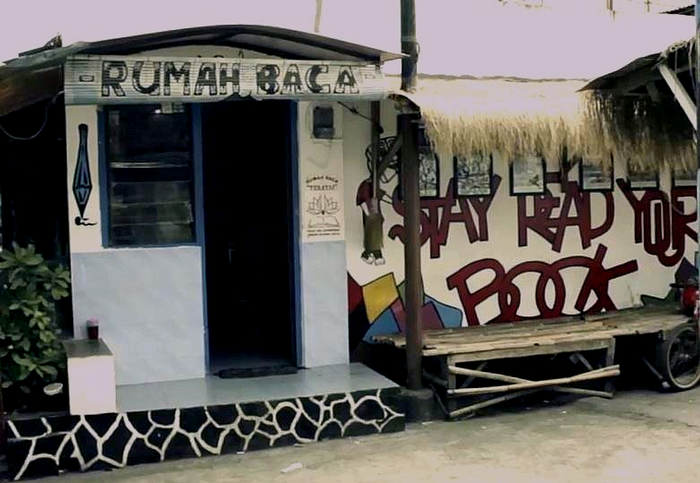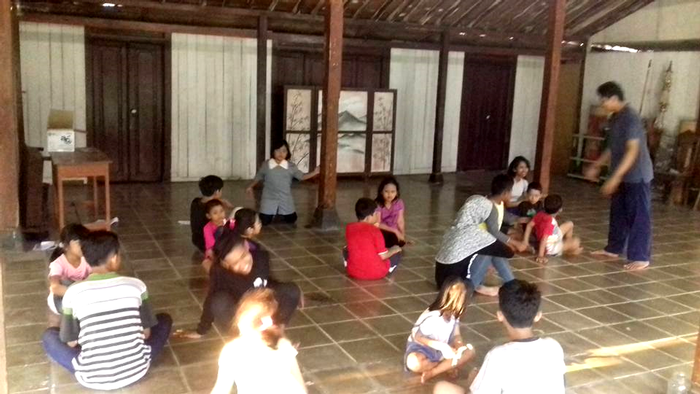Lia Sparingga Purnamasari and Muhammad Satya Irfananda ProposalRepurpose to Survive: a Lesson from SurakartaSurakarta is a city in Indonesia where communities are often ignited by socio-cultural limitations. Architecture products can provide evidence and examples of the endeavours by the communities to survive. Through an observation of three distinct structures in the greater Surakarta area, the re-purposing of the buildings was the preferred method used. By modifying existent structures, communities are being creative in overcoming their limitations. Our observation involves three communities in Surakarta with various backgrounds that used the re-purposing method. First, a youth community in a slum area that re-purposed a watch-post into a library. Second, a traditional theatre community that re-purposed a traditional house into a performance hall. Third, a Hindu community that brought back an ancient temple’s religious function. In 2014, a youth community from a slum settlement of Sangkrah worked to overcome the high rate of juvenile crime and illiteracy by re-purposing a 3,75m2 community watch-post into a communal library. They conveyed the importance of education by painting the walls with murals. The presence of the library prevents the youth from committing crime by providing them a space to do productive activities. In another part of the city, a traditional theatre community in Kepatihan Kulon repurposed a traditional Javanese house into a theatre in the 1980s. The purpose was to conserve the decline of traditional arts in a rapidly modernizing society. The open hall is used by the community to practice and hold public performances. Since its establishment, the community has attracted many audiences, mainly the younger generation. A group of Hindu followers returned the historic and religious function of the 14th century Cetho temple in the vicinity of mount Lawu. Cetho temple was turned into a tourist attraction without the community’s consent. Motivated by its ancient forgotten heritage, the community made efforts to reaffirm its existence. The community acquiesced its Javanese Hindu identity by assimilating it with Balinese Hinduism which is better known in Indonesia. In 2010, a monument devoted to Saraswati, adorned with Balinese artistic motifs, was constructed and mostly financed by the Balinese people. By adopting another identity that was vastly accepted, this community makes efforts to maintain their identity under the pressure of living alongside Indonesia's majority Muslim population. The above examples show the different efforts by minority groups to establish and maintain their identities in the midst of modernization and globalization. The process of re-purposing represents a community’s effort to adapt with the changes around them and demonstrates that communities and their architecture are constantly evolving, sometimes in order to simply exist. We concluded the that the most interesting case was the Cetho Hindu community’s because it shows a lesson on how a minority group fights to survive and retain its identity in the middle of the pressure from the dominating group, by assimilating it with another similar identity. They regard the hybrid architectural manifestation, in this case a Balinese Saraswati monument, as the strongest statement to show their existence. That is because the general society is more familiar with the Balinese Hindu identity. Additional Help and InformationAre you in need of assistance? Please email info@berkeleyprize.org. |
|



